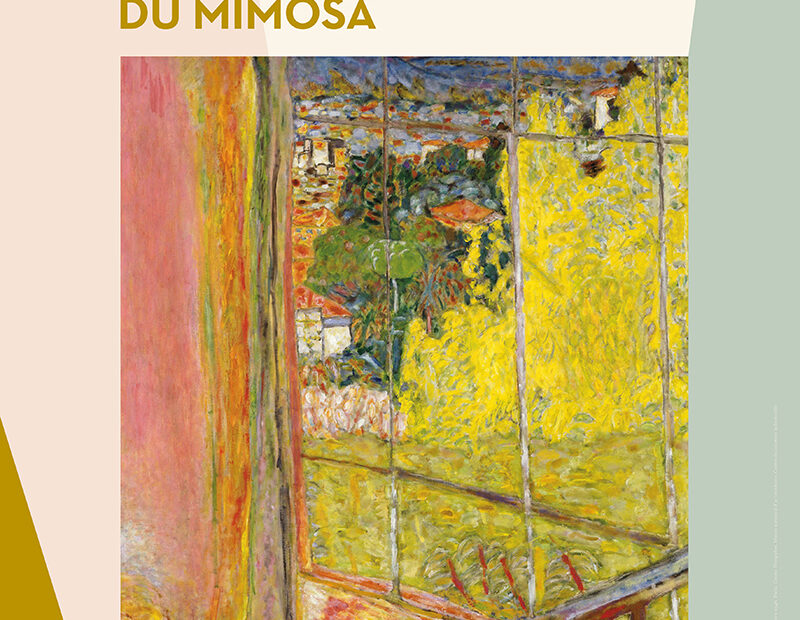 Instants
Instants
d’expériences
Succombez au charme et à la douceur de vivre du Cannet Côte d’Azur, véritable terrasse ouverte sur la mer méditerranée !
Agenda




Succombez au charme et à la douceur de vivre du Cannet Côte d’Azur, véritable terrasse ouverte sur la mer méditerranée !




#LeCannet
Suivez-nous !